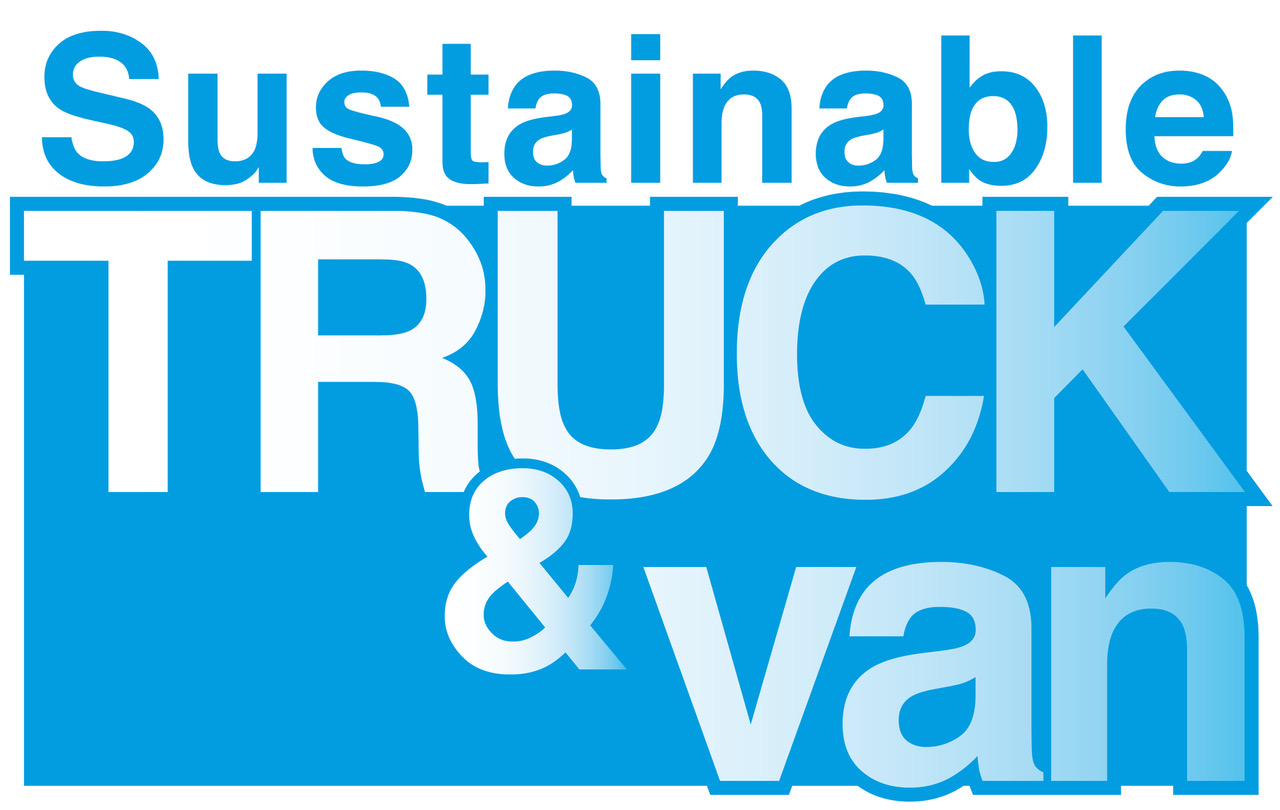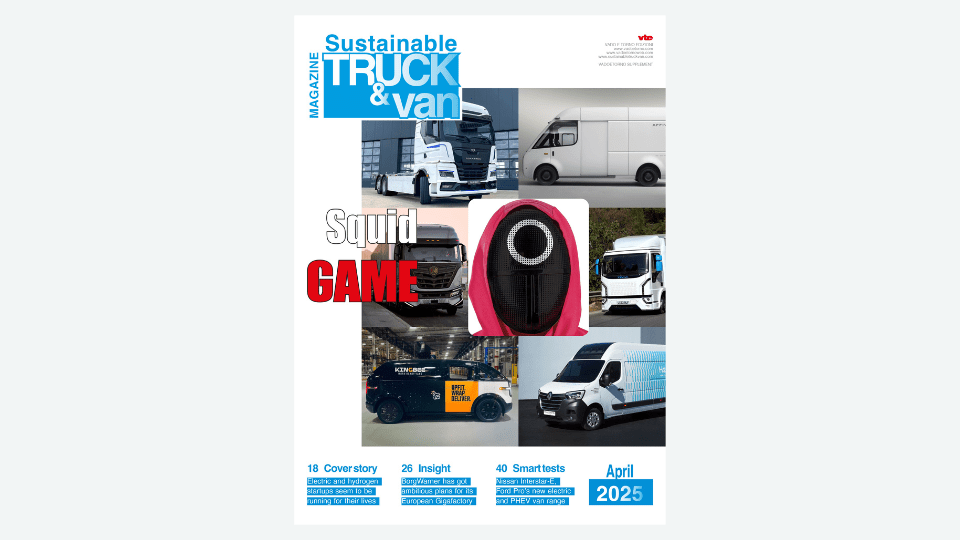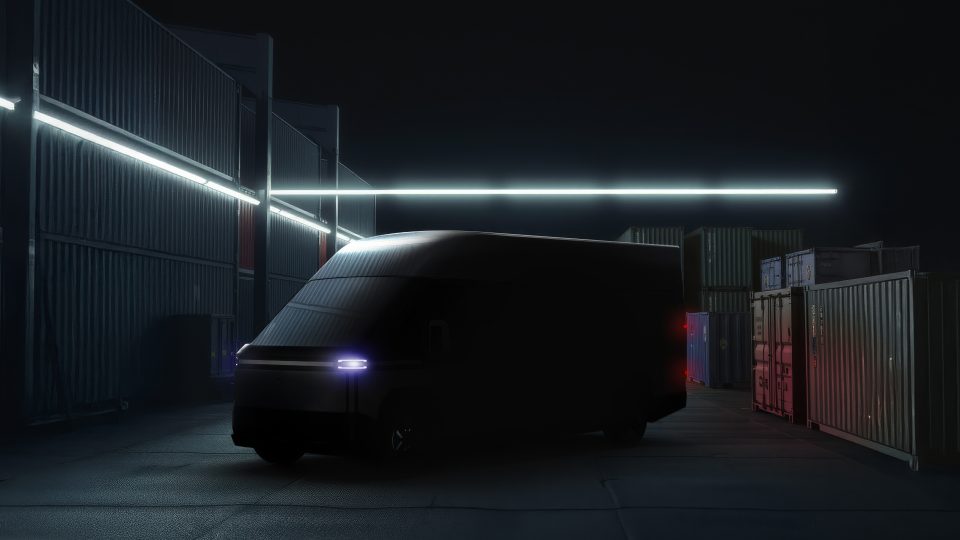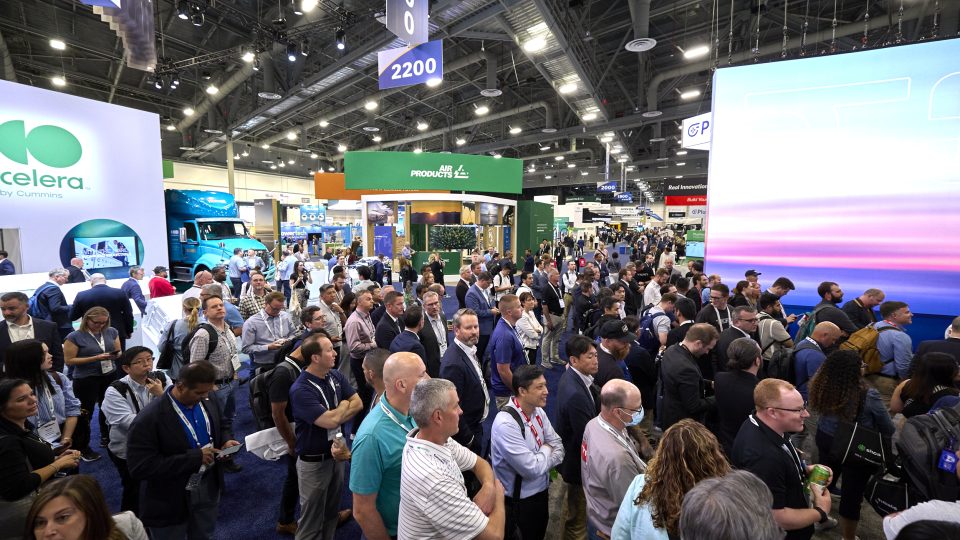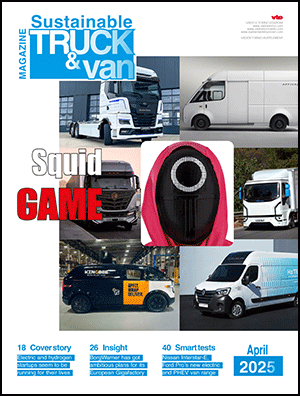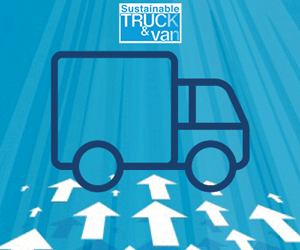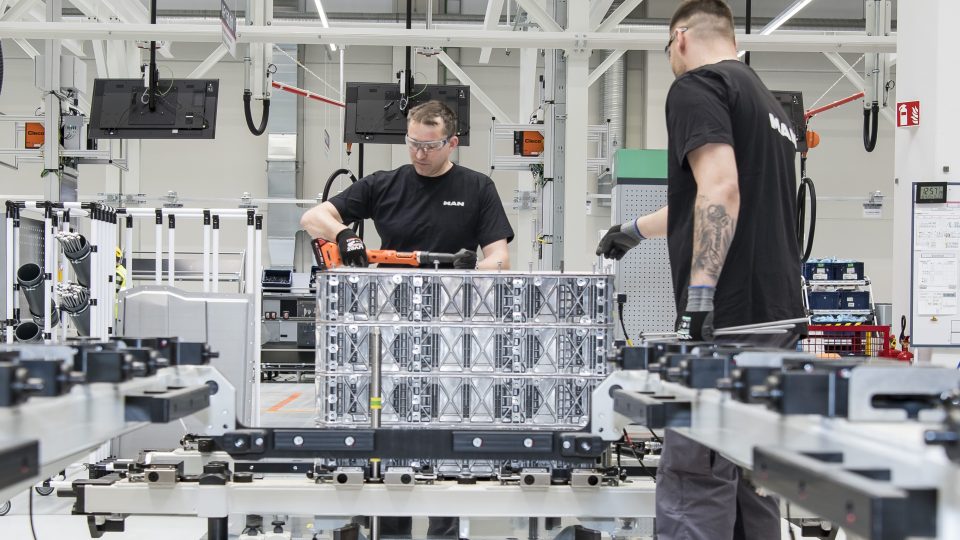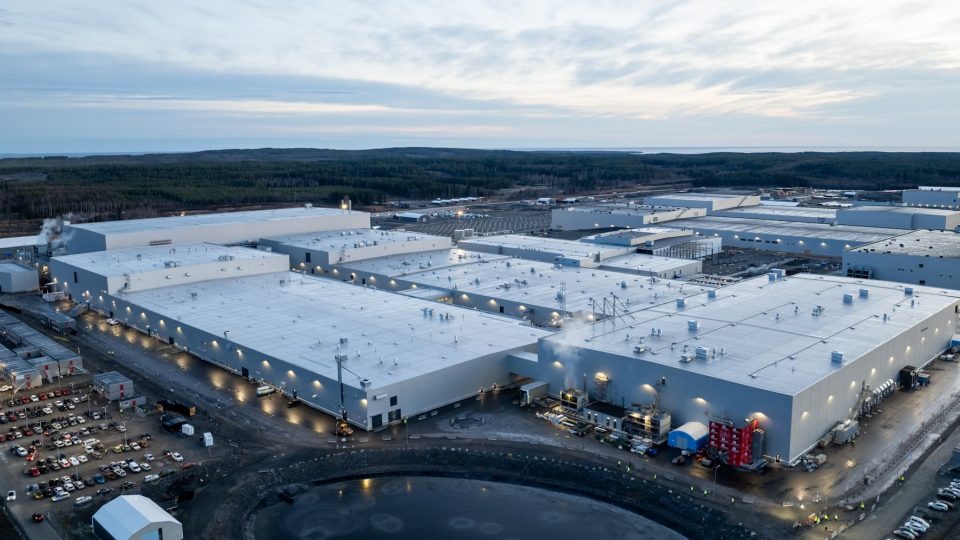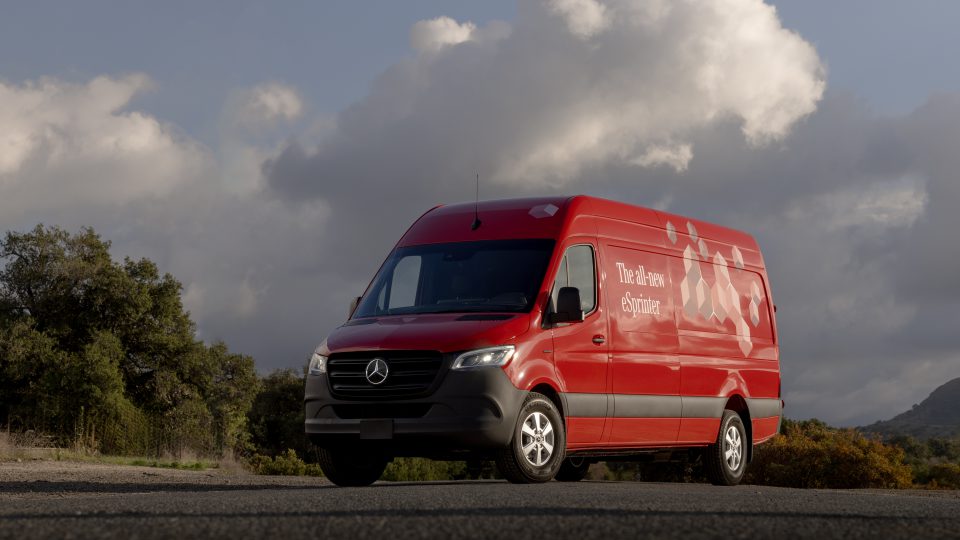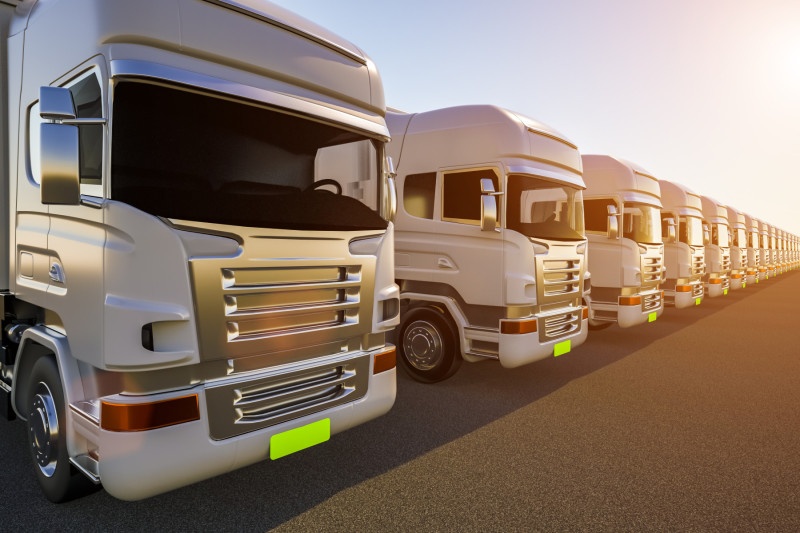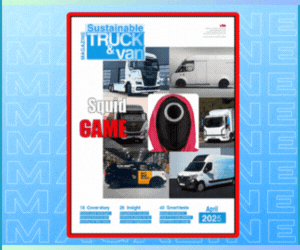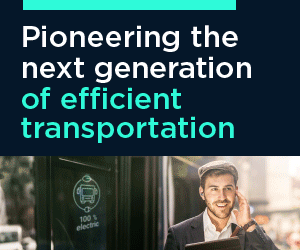Between CO2 emissions standard and Euro 7: a reflection on the role of ICEs in the future of European transportation
Above all when they're ready to be used with multiple fuels, next-generation internal combustion engines can be very important to help decarbonise heavy-duty transport in Europe. Advanced ICEs also give fleet owners the flexibility to choose a fuel that aligns with their business and sustainability goals. Cummins' valuable point of view.
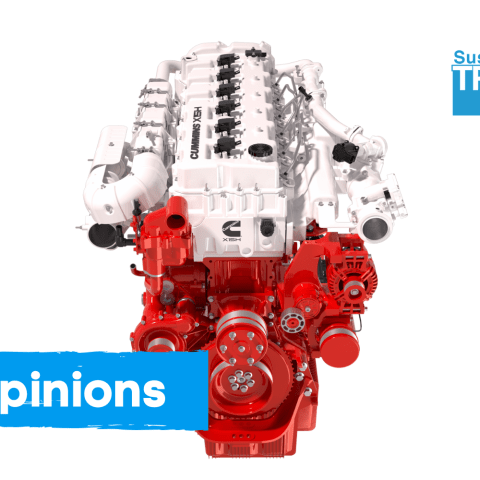
text provided by Bill Lamb, Director, EBU Product Strategy at Cummins
OEMs and commercial vehicle operators are faced with many challenges. The European Union is implementing ambitious measures to reduce emissions from heavy-duty vehicles, however infrastructure development has not yet matched the levels needed for the sector to effectively transition at meaningful scale to zero emission power solutions.
These factors have led to many organisations – even those that were originally looking to decarbonise fleets through battery-electric or hydrogen fuel cells only – to appreciate the benefits of advanced internal combustion engine technology.
To achieve its 2050 climate neutrality aim, the EU is targeting a 90% reduction in transport-related greenhouse gas emissions. To achieve this, legislative targets are in place to reduce CO2 emissions from heavy-duty vehicles, with much of the responsibility resting on vehicle manufacturers. Carbon reductions will be measured on a fleet average basis and OEM vehicle sales will need to show the mandatory carbon reductions; 15% by mid-2025, increasing to 43% by 2030, 64% by 2035, and a 90% reduction by 2040, all compared to a 2019 baseline.
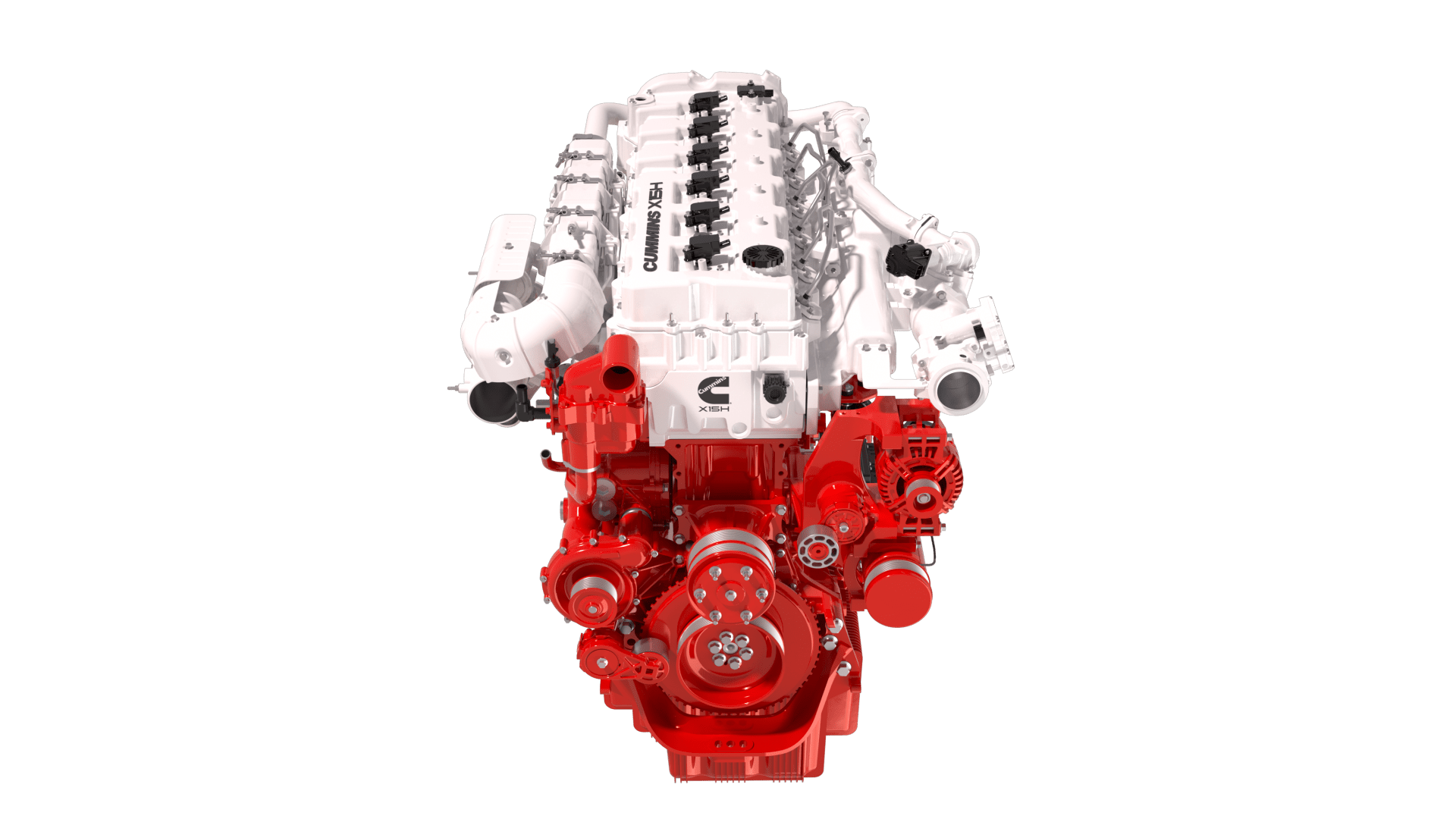
The Euro 7 standard focuses on pollutant reductions
Euro 7 is a separate legislation which focuses on pollutant reductions rather than CO2. It unifies emissions limits for light and heavy-duty vehicles, maintaining Euro 6 levels for cars and vans but imposes stricter standards for buses and trucks. Effective from May 2028 for newly-developed HDVs (with full compliance by May 2029), it introduces stringent particle and pollutant emissions limits and extends emissions requirements up to 875,000 km or 15 years.
The combined effect of these two pieces of legislation is to encourage the energy transition in the European commercial vehicles sector and drive investment in zero emission solutions. However, available infrastructure remains a persistent barrier to adoption.
The Cummins recipe: “Taking the HELM”
Cummins HELM™ (higher efficiency, lower emissions, multiple fuels) platforms are next generation engines that will meet Euro 7 standards and support CO2 regulations with fuel options such as natural gas and zero-carbon hydrogen, as well as diesel. Each engine operates on a single fuel, with shared base elements across multiple variants. This gives fleet owners the flexibility to choose a fuel that aligns with their business and sustainability goals, whether advanced diesel, natural gas or hydrogen, while benefiting from a proven and trusted power technology.
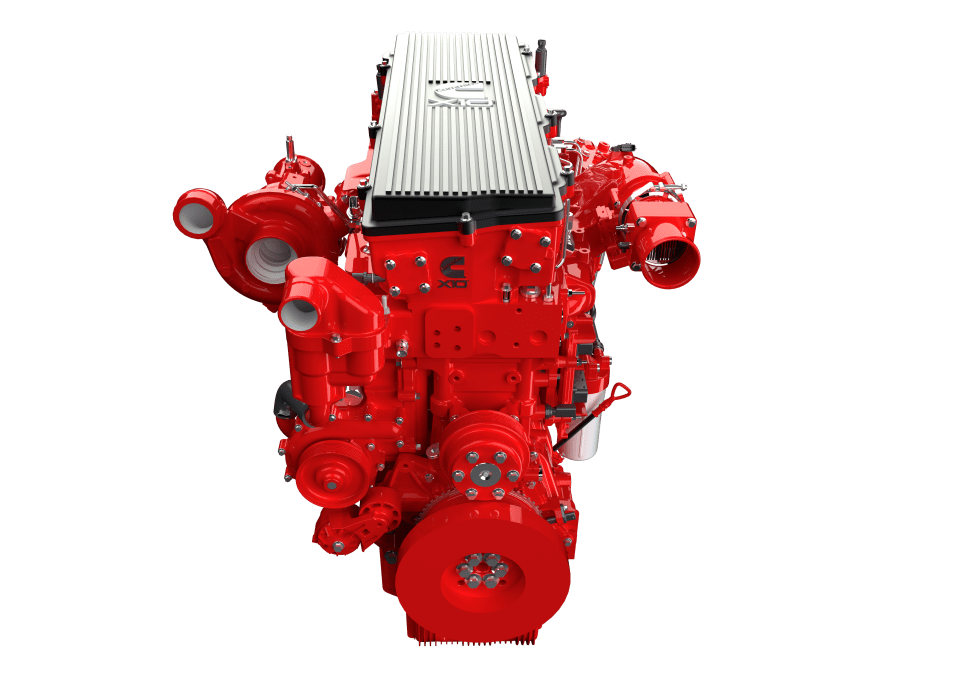
The platforms’ shared elements ensure seamless integration for OEMs and simplifies maintenance and parts procurement for fleets. Cummins is well underway with testing of its X10 Euro 7 diesel product. X10 is rated at 239 – 336 kW (320hp to 450hp), with torque up to 2300 Nm.
Progressing sustainability
Right now, internal combustion engines are still the most advanced and practical solution for many applications. They are also more powerful, reliable and cleaner than ever. By advancing this technology to include renewable natural gas and zero-carbon hydrogen fuels, we can help customers reduce tailpipe emissions sooner.
Hydrogen internal combustion engines meet EU zero-emissions vehicle (ZEV) standards and are increasingly seen as a practical route to significantly reduce carbon emissions, but that is not to say they will be the only solution for the future. At Cummins, our goal is to drive our Destination Zero™ strategy with a broad range of power solutions including advanced internal combustion engines, hydrogen technologies, hybrid and battery-electric, empowering OEMs and fleets customers to meet future emission regulations practically, and in-line with global decarbonisation efforts.
